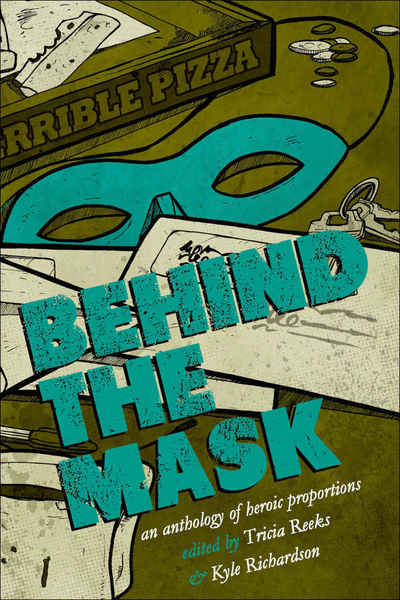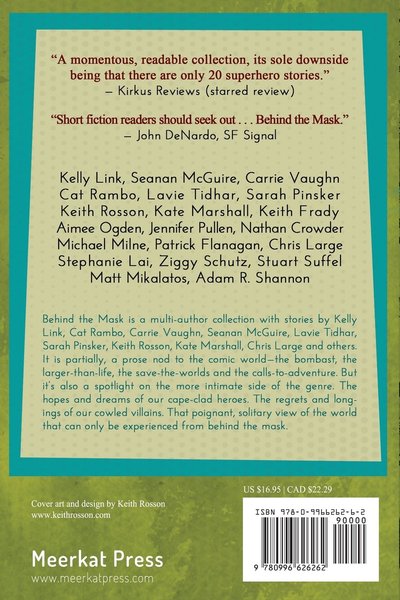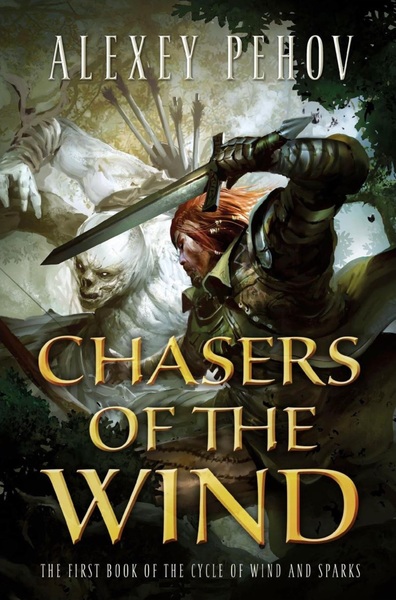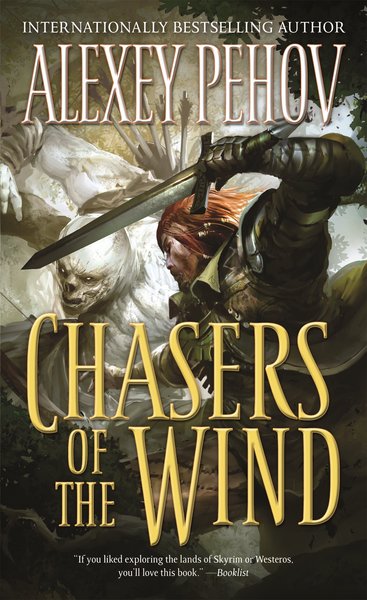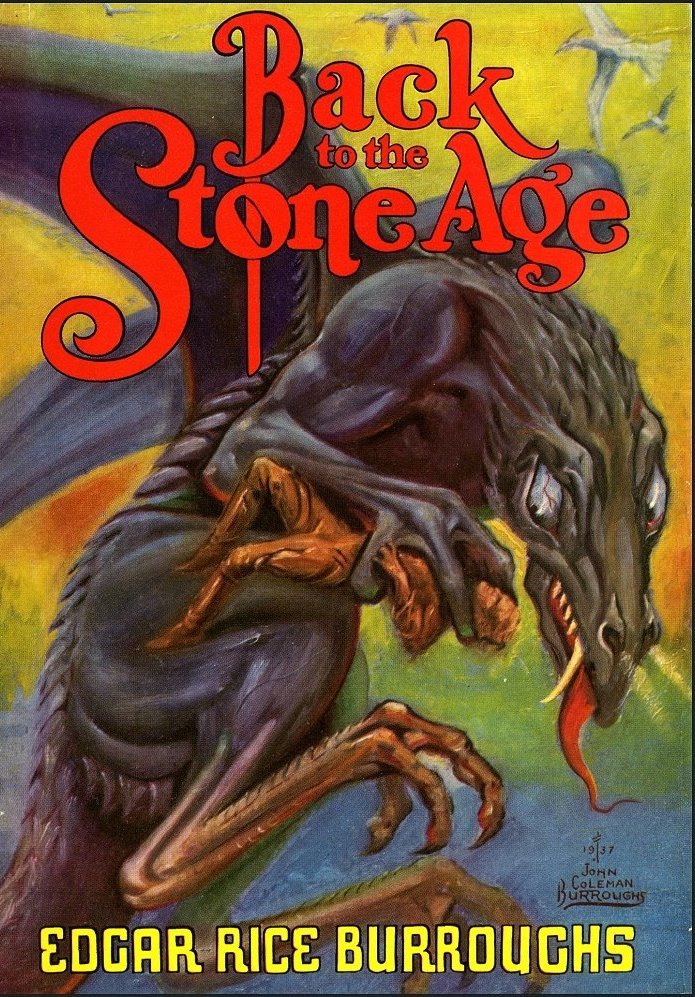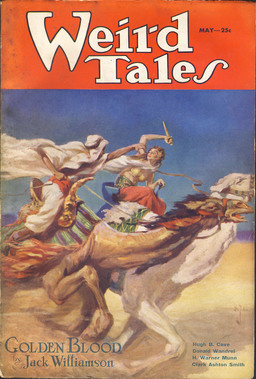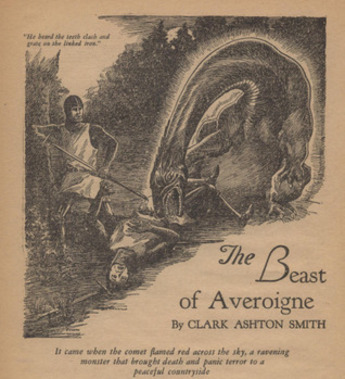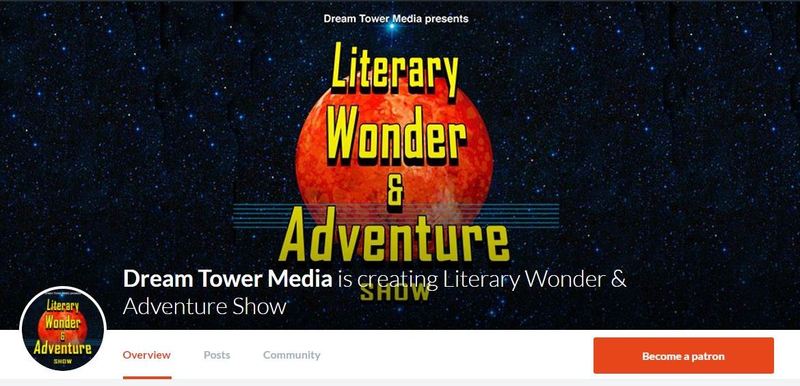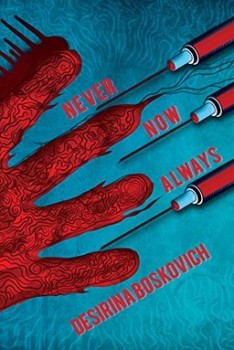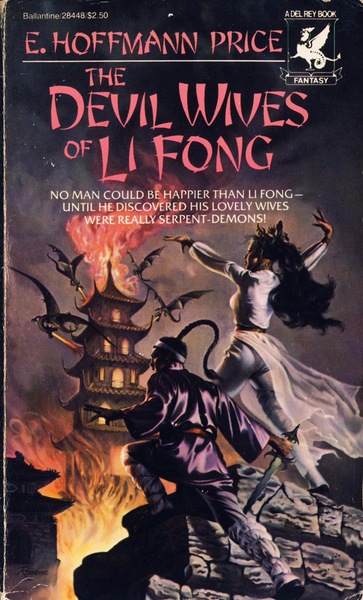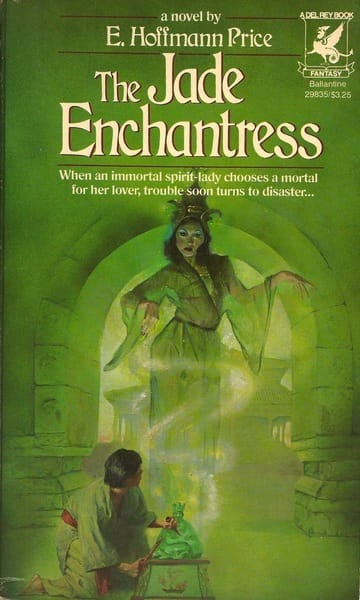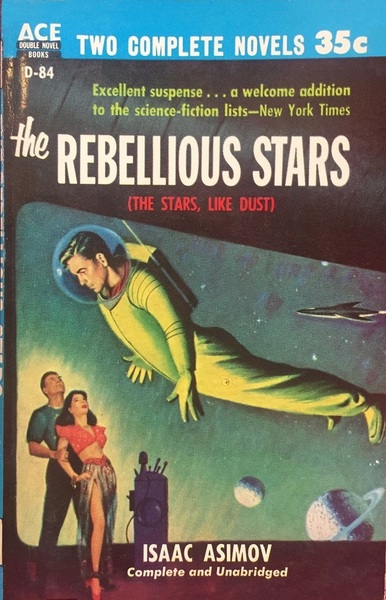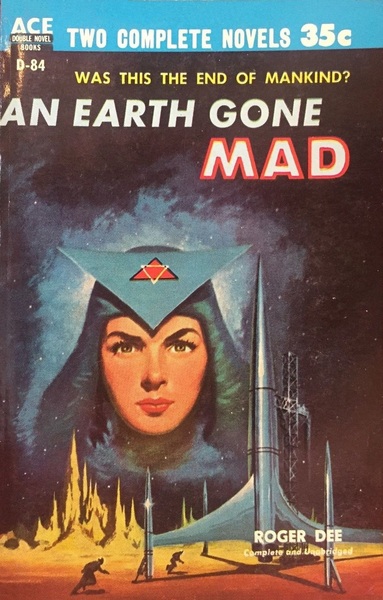Discussing All Things Fantasy, Past, Present, and Future: An Interview with Adrian Simmons and David Farney of Heroic Fantasy Quarterly
Heroic Fantasy Quarterly is an ezine dedicated to publishing short works of heroic fantasy. More than that, through both prose and poetry we hope to hearken an older age of storytelling – an age when a story well told enthralled audiences. Traits of great oral storytelling survive the ages to influence treasures of literature, the pulps, radio plays, late-night game sessions, and now Heroic Fantasy Quarterly.
So reads the “Mission Statement “of Heroic Fantasy Quarterly. Like Black Gate e-magazine, Heroic Fantasy Quarterly is one of the bright lights and a sure leader in the Fantasy genre, and always goes above and beyond to keep the genre alive, fresh, and rolling along. When John O’Neill of Black Gate asked me if I would “interview” Adrian Simmons and David Farney of HFQ, I jumped at the chance, thrilled to “meet” these two outstanding editors of such a well-respected e-zine. The result is one great interview with both gentlemen sounding in, and I hope it’s as much of a treat for fans of BG and HFQ as it was for me.
So let’s get started, shall we?
Gentlemen, what are some of your earliest influences? Who inspired you to become an editor? And perhaps even more importantly, why did you decide to become an editor?
ADRIAN: Early influences are many and varied. In the early 80s I discovered Dungeons and Dragons, and all of its clones and hybrids. I was exposed to all those early 80s swords and sorcery movies (good and bad!), and was reading the The Lord of the Rings and such. By the late 80s, in high school, I was reading the The Lord of the Rings and actually understanding most of it, and had picked up Robert Howard’s Conan books (the Ace collections, with all the post-humus collaborations), and Fritz Leiber.

